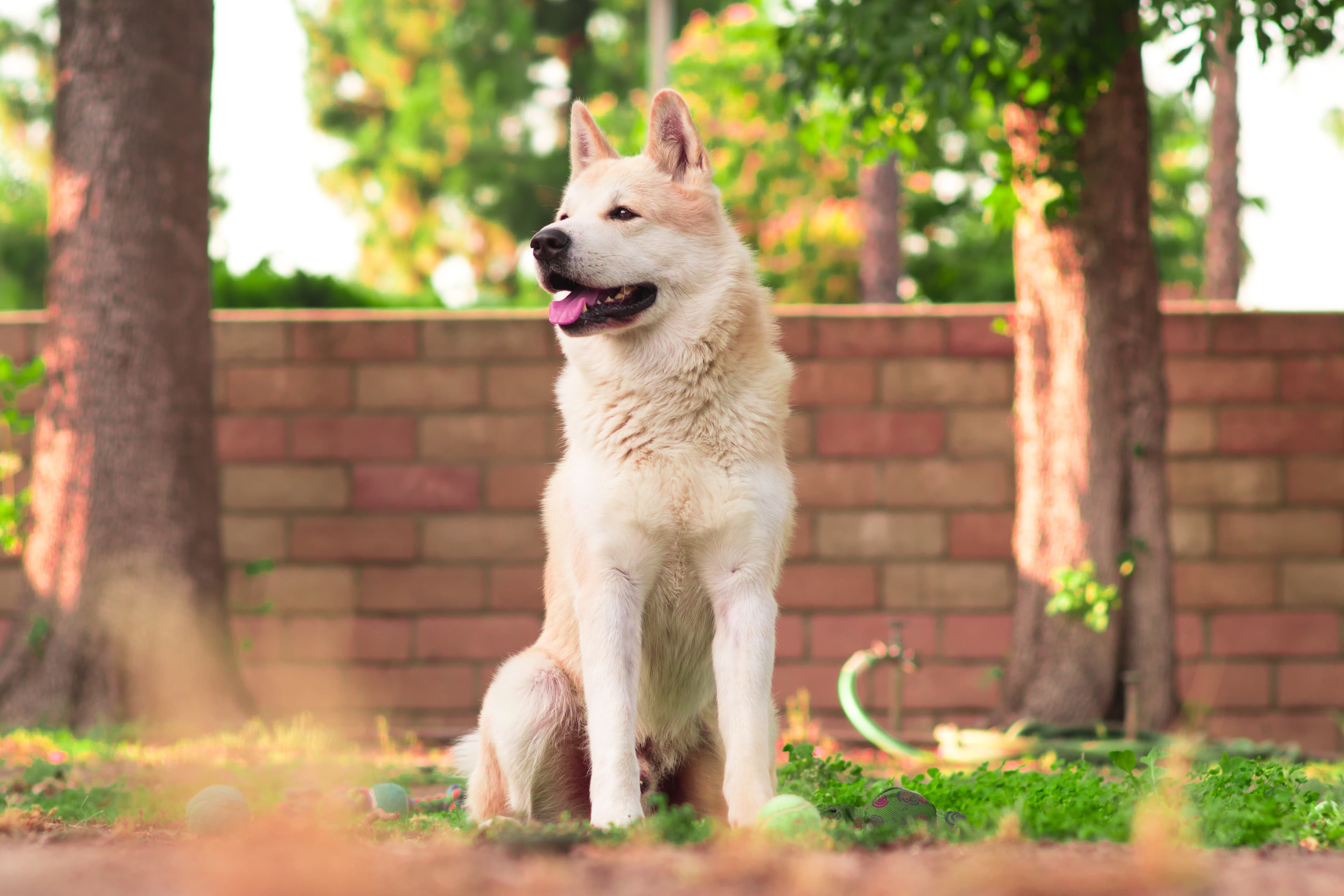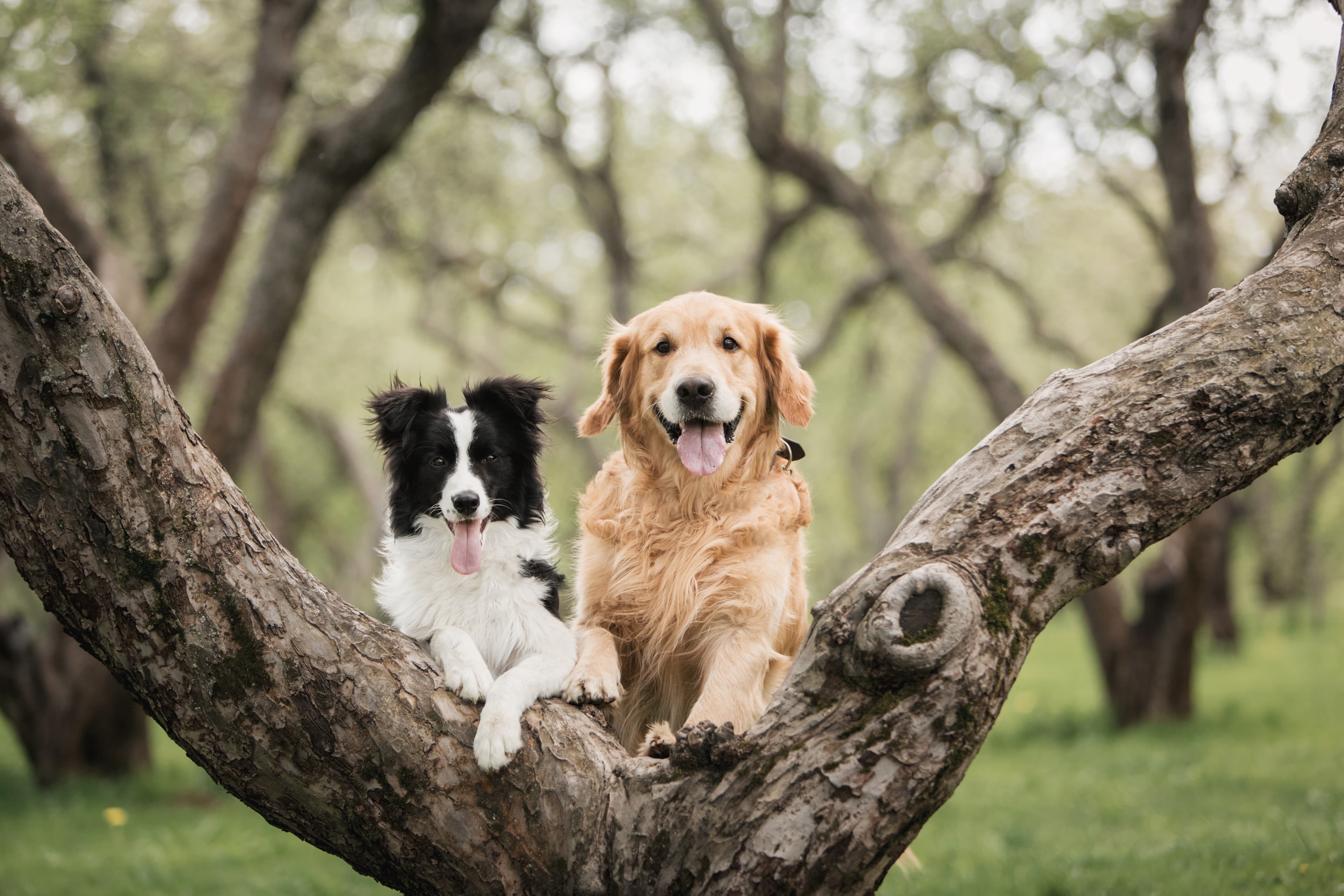How to examine your dog with lameness
Lameness can vary in severity and complexity, but it is important that the dog always receives the care it needs. This is because lameness is always (with few exceptions) an expression of pain, a dog that limps does so to relieve an area that is in pain. It is therefore important to always take lameness seriously, even if the dog shows no other signs of pain.
Do not want to lean on the leg
If your dog won't support its leg at all, this is called a block limp, in which case you need to see a vet immediately to have the leg examined. It is important to remember that a limp is always an expression of pain even if the dog does not show other signs of pain, such as whining. As mentioned earlier, dogs limp to relieve an area of pain, and should always be considered an expression of pain.
A minor limp
If your dog is not block lame but merely a little lame, you can start by letting the dog rest. It's a good idea to avoid stairs, jumping, playing and mischief. Limit the dog's movements to short walks to allow the dog to do its business, but avoid play and mischief. Walk slowly with the dog on a lead. If the lameness doesn't go away in a few days or gets worse, you need to have the dog checked by a vet.
Locate the cause of the lameness
If you have a dog with a mild limp, you can try to feel through the bone on which the dog is limping, but it is often difficult to find the location of the problem yourself.
Here's how
Start at the top and work your way down. Feel the skin, joints and muscles. Look closely at the claw collars, on the pads and between the toes. If you find a superficial wound, cut away the fur around it and clean the wound with soap and water or chlorhexidine solution. A superficial wound needs to be thoroughly cleaned 1-2 times a day. Use a collar to prevent the dog from licking the wound. In cases where no obvious damage is found and the lameness continues, contact a veterinarian and have the dog examined as soon as possible.
Claw damage
If you find a claw injury on your dog, you should try to get a good look at the claw and claw neck. If the entire claw is gone and only the pulp is visible, you should give your dog's paw a daily wash with soap and water and use a collar. It's a good idea to protect the paw outdoors with some form of protective shoe to prevent dirt from contaminating the wound, but let the claw air out when you're indoors. If the dog is in pain, a vet will need to look at the dog, as sometimes painkillers are needed.
If the dog won't let you look at it or wash its paws and you see chips of claw or the claw capsule are crooked, you also need to see a vet. The injury is usually not so acute that you need to seek help at night, but make sure the dog cannot lick the paw and visit the vet the next day.
If you're unsure how to care for your dog who has lameness, you can always consult a digital vet, which you as a Lassie insurance customer can access to unlimited directly in our app.






